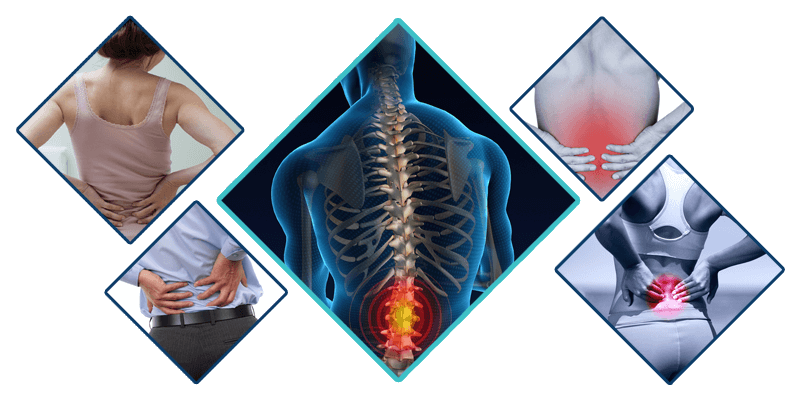Vertigo: The Ear’s Wild Rollercoaster Ride, with a Side of TMJ

Vertigo: The Ear’s Wild Rollercoaster Ride, with a Side of TMJ
Benjamin A Horning DC
Introduction
Vertigo is a sensation of feeling off balance, it is often associated with problems in the inner ear. The most common cause of vertigo is tiny calcium crystals move out of their normal position in the ear (BPPV). That’s right – the ear affects balance.
Vertigo: An Inner Ear Phenomenon
Vertigo manifests as a sensation of spinning experienced even while stationary, originating from the inner ear. It is commonly triggered by the displacement of small calcium carbonate crystals within the inner ear, a condition known as Benign Paroxysmal Positional Vertigo (BPPV). Accompanying symptoms may include nausea, vomiting, difficulties with balance, and tinnitus. The Vestibulocochlear Nerve, which facilitates hearing, also contributes to equilibrium. Because of this, any dysfunction of this nerve can result in balance disturbances.
TMJ Disorders: A Potential Contributor to Vertigo
TMJ disorders encompass a variety of issues impacting the jaw joint and the muscles responsible for jaw motion. Typical manifestations are jaw pain, challenges in chewing, and audible pops or clicks in the jaw. These disorders may also precipitate vertigo or dizziness due to the proximity of the TMJ to the inner ear. Inflammation, misalignment of the jaw joints, or malfunctioning of the chewing muscles can influence the vestibulocochlear nerve, possibly resulting in hearing impairment and vertigo
Conclusion
The complex interplay among vertigo, the inner ear, and TMJ disorders underscores the interconnectedness of our bodily systems. Grasping these relationships can aid in identifying and managing these ailments. Fortunately, there exist chiropractic and acupuncture treatments specifically designed for vertigo and TMJ disorders. Looking for a Chiropractor Near Me? We are right here in Laguna Hills CA ready to serve you.





